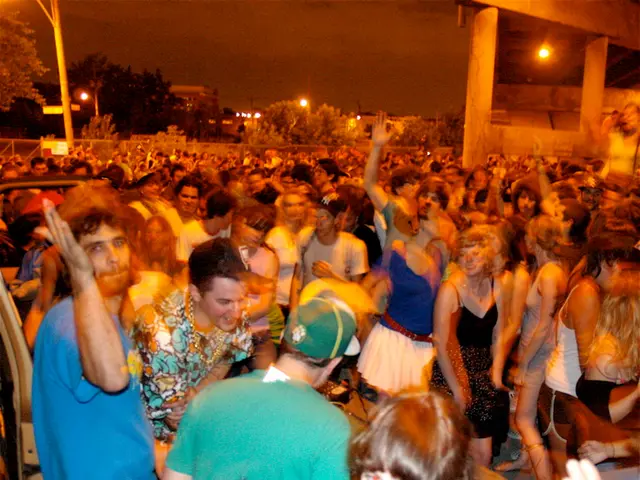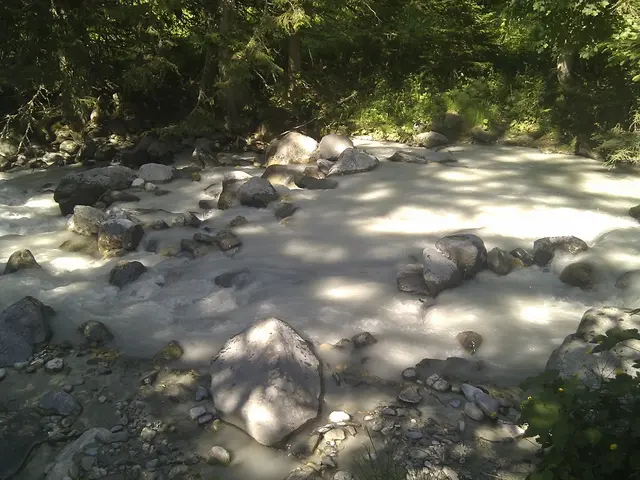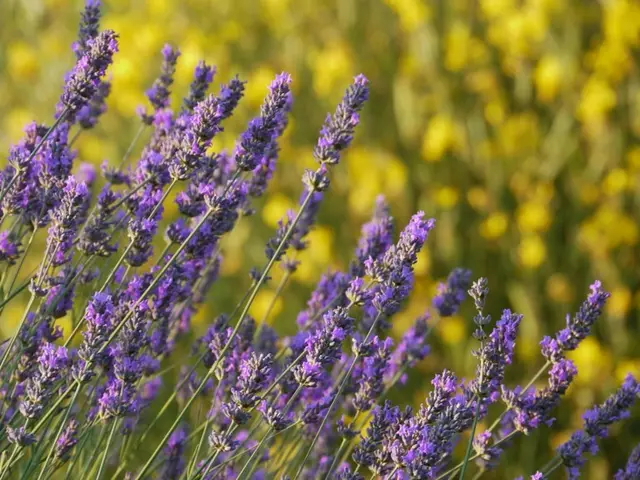Check out this interesting find!
Strange appearance of dark trees on a wall: an intriguing observation.
Recent aerial shots of Neubrandenburg's downtown reveal a spot that appears to stand out ominously among the green foliage. But don't be fooled—the dark mass on Friedrich-Engels-Ring isn't what it seems. Firstly, it's not solo; secondly, it's not black.
It's a family of Blood Beech trees, not a lone outcast.
Contrary to appearances, a trio of the "Fagus sylvatica f. purpurea" species thrives on this southwest corner of the ring. These Blood Beech trees are easily identified by their purplish-red leaves, as hinted by their Latin designation. Besides these trees on the Friedrich-Engels-Ring, you can also spot Blood Beech trees near the Neubrandenburg train station at the intersection with Stargarder Street, and at the bus station, although their exact number hasn't been precisely accounted for.
Jan Brauns, in charge of Neubrandenburg's green spaces, sheds some light on these unique tree giants, estimating their age to be around 120 years old. Two Blood Beech trees on Wollweber Street were likely planted together alongside the Lindebach at the end of the 19th or beginning of the 20th century. Back then, the Wall underwent significant redesign and replanting.
Trees were scarcely present during Neubrandenburg's defensive days, as soldiers wanted clear sightlines for approaching enemies. However, tree planting picked up with the decline of small pet husbandry and allotment gardens. Today, Blood Beech trees are in the minority on the Wall, with oaks, ashes, chestnuts, and elms taking center stage. Together, there are roughly 15 tree species present, including some pear, chestnut, elm, willow, and robinia trees.
Each tree undergoes an annual inspection by the green spaces department, even following severe storms. Thankfully, fallen trees have been minimal compared to the major Wall redesign in the '90s, when many trees were removed to thin out the stock.
The two Blood Beech trees on Wollweber Street appear to be thriving, with the proximity to the Lindebach potentially contributing to their luck. Nonetheless, all trees on the ring undoubtedly battle traffic and drought stress. However, the advantage is that the soils on the Wall remain unsealed, unlike the boulevard or cultural park, where new plantings of more climate-adapted exotics are common.
"We aim to preserve the Wall and fortification facility as is, retaining its current state," shares Jan Brauns, green spaces chief. "It shouldn't transform into a dense forest; instead, the Wall should remain a kind of landscape park—as it is now."
- The Blood Beech trees, a unique species in Neubrandenburg's landscape, are not merely found in the downtown area but can also be spotted near the train station and the bus station, adding a splash of purplish-red leaves to the urban environment.
- In the realm of Neubrandenburg's environmental-science and lifestyle, these Blood Beech trees serve as a testament to the past, a link to the city's ecological history as it transitions from a defensive bastion to a home-and-garden haven adorned with diverse tree species.




